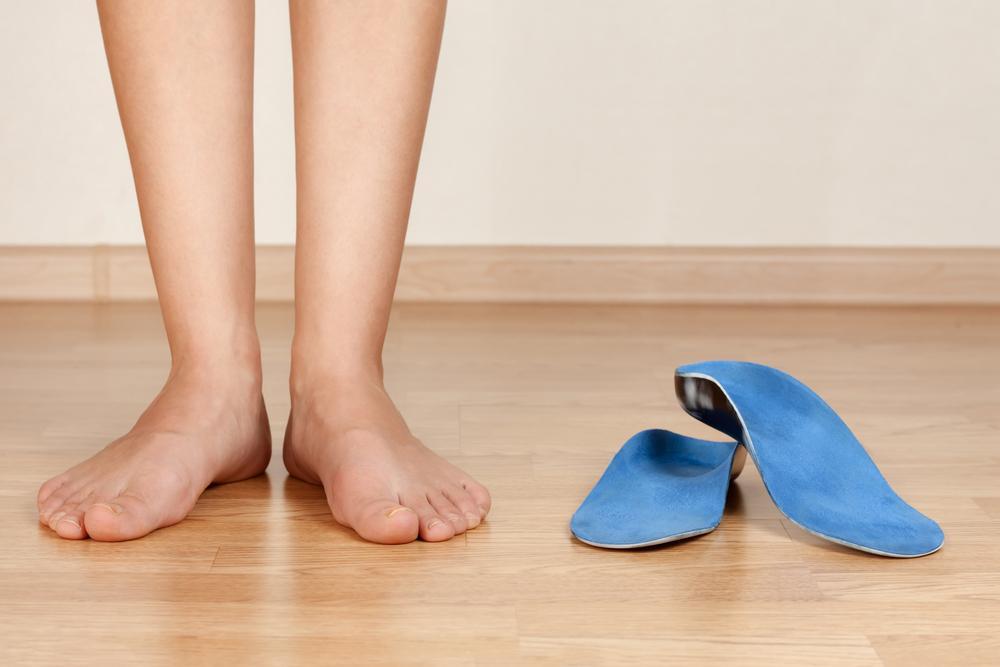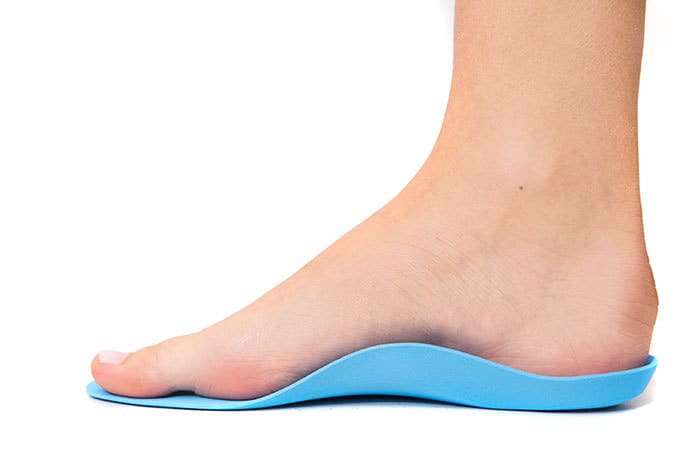Many people wonder how shoe inserts can ease foot pain. Podiatry explores this idea, focusing on the mechanics of feet. Orthotics, or shoe inserts, play a key role in this field. They help with alignment and comfort. Conditions like flat feet, plantar fasciitis, and even san jose bunions find relief with tailored inserts. This blend of science and care aims to support every step taken.
Understanding Podiatry and Orthotics
Podiatry is the branch of medicine that deals with the diagnosis and treatment of foot, ankle, and lower limb disorders. It focuses on all aspects of foot health, from structural deformities to skin conditions. Orthotics are devices fitted inside shoes to correct foot posture and mechanics. By providing arch support and cushioning, they help reduce pain and prevent further injury.
The science behind orthotics is rooted in biomechanics. This field studies the movements and forces exerted by the body. By understanding how the foot interacts with the ground, podiatrists can design orthotics that improve comfort and function.
Benefits of Orthotics
Orthotics offer several benefits:
- Reduced pain in the feet, ankles, knees, and lower back
- Improved balance and walking efficiency
- Prevention of foot-related problems
By supporting the arches, orthotics distribute pressure evenly across the feet. This can be beneficial for those who stand for long periods or engage in high-impact activities.

Types of Shoe Inserts
Shoe inserts come in various forms, each designed for specific needs:
| Type | Description | Best For |
|---|---|---|
| Arch Supports | Provide support for people with flat feet or high arches | Flat feet, high arches |
| Cushioning Insoles | Offer extra cushioning for overall foot comfort | General comfort, shock absorption |
| Custom Orthotics | Specifically molded to an individual’s foot shape | Specific medical conditions |
When to See a Podiatrist
If foot pain persists despite using over-the-counter inserts, it might be time to see a podiatrist. They can assess the foot condition and recommend custom orthotics if needed. A podiatrist can also guide the best practices for foot health, such as choosing the right shoes and exercises to strengthen foot muscles.
The Role of Footwear
Proper footwear complements the function of orthotics. Shoes should provide enough room for the toes, have a firm heel counter, and offer adequate support. Ill-fitting shoes can exacerbate foot problems, despite the benefits of orthotics.
Choosing shoes with the right fit and support helps maintain the effectiveness of orthotics. It’s crucial to replace worn-out shoes and ensure they match the orthotic’s design.
Conclusion
Understanding the science behind shoe inserts highlights their importance in maintaining foot health. Podiatry and orthotics work together to address various foot conditions and improve quality of life. Consulting with a podiatrist can provide valuable insights into the best practices for using orthotics effectively.

